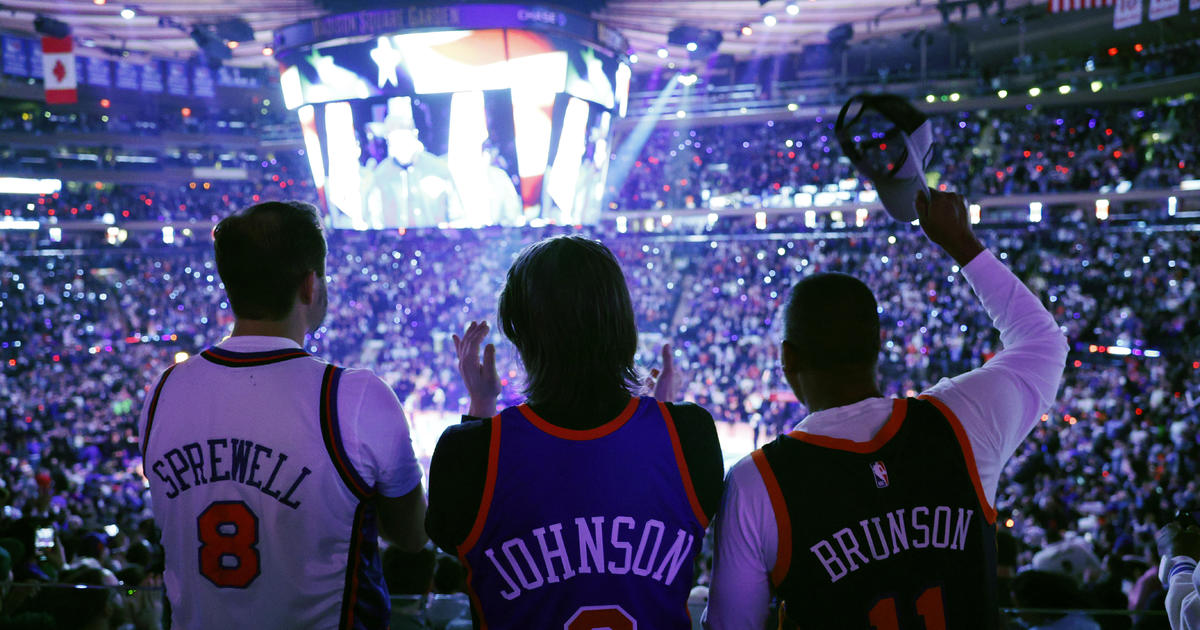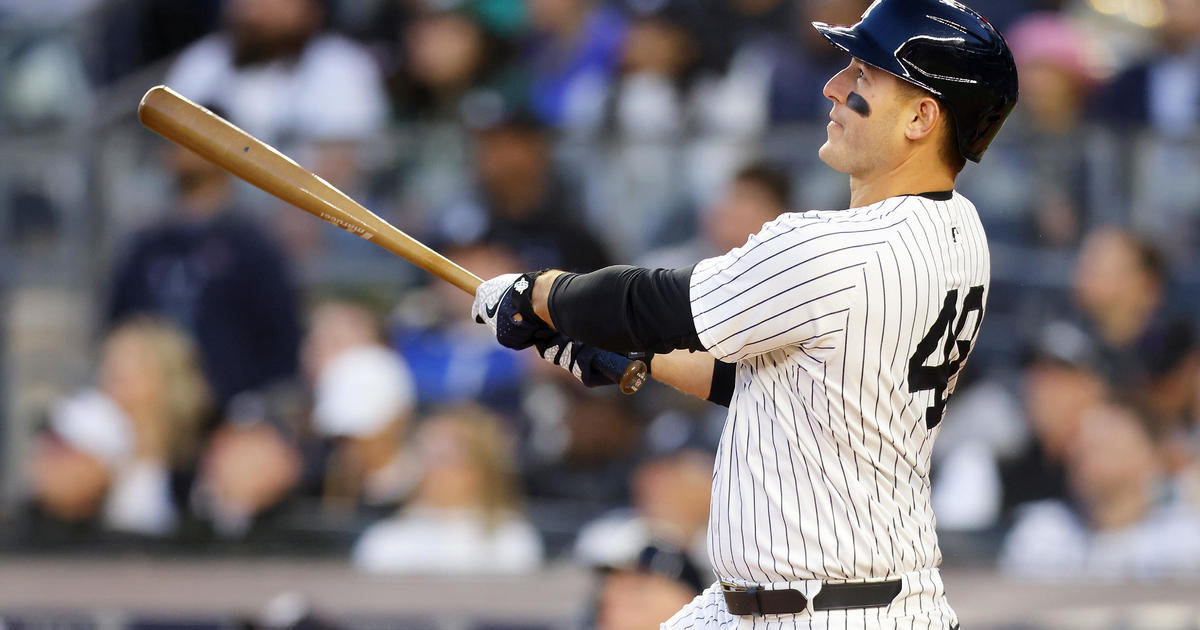Kallas Remarks: The Mick And Other Playoff Miscellany
By Steve Kallas
» More Columns
JORGE POSADA PASSES MICKEY MANTLE IN POST-SEASON RUNS BATTED IN
OK, OK maybe, if you are old enough, you understand that there is something inherently wrong with Jorge Posada passing Mickey Mantle for NINTH place on the "All-Time Post-Season RBI" list. The Great Mick had 40. Posada, after a big hit against the Twins, has 41 (and counting).
How this combining of World Series stats and stats from a divisional series (and championship series) has been allowed to happen is beyond me. Of course, there was only a World Series until 1969. From 1969 until 1995 (no playoffs in 1994, remember?), there were two post-season series. From 1995 until today, with the implementation of the dreaded wild card (now losers can win in baseball), there are three post-season series.
You don't have to be a mathematician to understand that people are going to get more RBIs in (potentially) 19 games today versus (potentially) seven games when the Great Mantle (and others) played.
So you need to have two lists: World Series records and "Post-Season" records. So, yes, Mantle drops to 10th "all-time" on the "Post-Season" RBI list. But guess who is first all-time on the more important list, the World Series list?
Yes, it's Mickey Mantle. Of Posada's 41 post-season RBIs, only 11 have been in the World Series. Bernie Williams, the number one all-time leader in post-season RBIs with 80, has only 14 in the World Series. And this is in no way to diminish what Posada and Williams have done. It's just to point out the greatness of Mantle.
All-Time Post-Season Home Runs? Sure, Manny Ramirez has 29, but guess who is number one in All-Time World Series Home Runs?
Mantle, of course, with 18.
One final stat: All-Time Post-Season Runs Scored? Sure, Derek Jeter has 99, but guess who is number one in All-Time World Series Runs Scored?
Mantle, of course, with 42.
I'm sure you get the point. And thanks to Baseball-Reference.com for the stats.
PHIL HUGHES' CURVEBALL AGAINST THE TWINS
Anyone who reads this column knows that there have been a number of articles on how Phil Hughes has become a much better pitcher by throwing his curveball for strikes, as opposed to earlier in the year, when he never threw it for a strike and gave up a number of two-strike, game-losing home runs to batters sitting on fastballs
While much was made (correctly) of his brilliant fastball in shutting out the Minnesota Twins (for seven innings) to complete the Yankee three-game sweep, the key batter, the out that set the tone for the whole game, was the first-inning strikeout of Orlando Hudson.
After getting ahead 0-2 on two fastballs, Hughes threw the obligatory 0-2 curveball in the dirt. Now, with Hudson looking for a 1-2 fastball, Hughes threw an even better curveball, over the plate and in the strike zone. Totally fooled, Hudson was way out in front and looked terrible striking out.
Not surprisingly, after that, Hughes was able to blow fastballs by numerous hitters. And while the announcers noted how "lively" his fastball was, the reality was that it looked much faster than 94 because he threw his curveball (especially the early one to Hudson) for strikes.
That ability totally changes the way hitters look at pitches coming in with two strikes.
And that's what has made Phil Hughes into a better pitcher than he was earlier this season.
Back in the studio at TBS, they had two Hall of Famers (Dennis Eckersley and Cal Ripken) and an excellent post-season pitcher (David Wells) who didn't quite understand how Hughes has matured as a pitcher. Eckersley said, "He comes out of the gate with a hook and you're thinking, my God, he's got a hook, too." Talking later about Hughes' fastball, Eckersley said, "it's like 94 but it looks like 100."
But WHY does it look like 100? Well, TBS announcer Buck Martinez gave us the answer doing Rangers-Rays, game 5. Stating before the game that David Price had to throw his breaking ball for strikes, Martinez later commented that Price's fastball was clocked at 97 but it looked like 104 because "that's what happens when you throw your curveball for strikes."
It's the same thing for Phil Hughes and his (slightly) slower fastball.
Both Eckersley and Ripken said that's how Hughes was throwing earlier in the year. Well, not exactly. He might have been throwing as hard but he wasn't throwing his curveball for strikes.
Phil Hughes has risen a level as a major-league pitcher in the last two months.
And hardly anybody understands why.
ROY HALLADAY'S NO-HITTER THAT ALMOST WASN'T
Take nothing away from Roy Halladay. His no-hitter in the playoffs (only one walk) was a masterpiece. While it really can't compare to a perfect game in the World Series, the statisticians (like Bill James) are saying that he actually pitched a better game than Larsen. That might be true but, again, one was in Game 1 of a divisional series; the other was in the World Series against a Brooklyn Dodger team full of Hall of Famers. In fact, I'll give Bill James more ammunition for his finding: I don't think this was considered: in both the fourth and fifth innings of the Larsen perfect game, Duke Snider (in the fourth) and Sandy Amoros (in the fifth) both hit long homers off Larsen that were just foul.
Does that count in the world of Sabermetrics? Interesting question, no?
Having said all of that, a perfect game in the World Series is still the most amazing thing ever done in baseball. And no post-season, non-World Series game nor any no-hitter or perfect game at any time can top that.
Back to Halladay's no-hitter. The last out was little noticed for the astounding play that was made by Phillies' catcher Carlos Ruiz. Brandon Phillips hit a dribbler about 10 feet from home towards first base. As he left the batter's box, Phillips dropped his bat onto the field in fair territory. Halladay couldn't make a play as Ruiz pounced out from behind home plate.
Carlos Ruiz went to his knees, had to reach OVER the bat that was about three inches from the ball, picked up the ball and then, with a very difficult throwing angle, made a high throw to first, getting the runner as tall (6'4") Ryan Howard reached up to get the throw and complete the no-hitter.
But what would have happened if Ruiz had gotten to the ball a split-second later? Or if Ruiz, after pouncing out from behind the plate and reaching over a bat to throw from his knees, had made a throw that pulled Howard off the base, having thrown from an almost impossible angle? It would have been very difficult to give Ruiz an error on the play – it was such a difficult play to make.
And what if it had happened in the second inning as opposed to the ninth? It would have been much more likely to give a batter a hit on a play like that early in the game as opposed to late in the game.
Obviously, Carlos Ruiz made a sensational play to save the no-hitter.
And that shouldn't be forgotten.



